Electric proportional valve-referred to as proportional valve. Its characteristic is that the output quantity changes with the input quantity. There is a certain proportional relationship between output and input, so it is called electric proportional valve.
The proportional valve is composed of an electro-mechanical converter and a pneumatic amplifier, and is a closed-loop control system. The system continuously detects the output (pressure) at the output end and feeds it back to the input end of the system for comparison with the input (should value). When the actual value of the output (pressure value) deviates from the input (the expected value), the system automatically corrects the output to change the direction close to the input, so as to ensure that the output is stable within the pressure value required by the input. Maintain the proportional relationship between output and input.
Features:
The output pressure changes with the input signal, and there is a certain proportional
relationship between the output pressure and the input signal.
With stepless voltage regulation capability.
With the ability of remote control and program control: the due value of the proportional valve is set by communication, the signal transmission of remote control is more stable, and the control distance can also be extended. It can be realized by PC, single chip microcomputer, PLC and other equipment.
Note:
1. Before the electric proportional valve, an air filter and an oil mist separator with a filtration accuracy of 5μm or less should be installed. Provide clean and dry compressed air to the proportional valve in order to achieve the various characteristics of the electric proportional valve.
2. Before installation, the piping should be cleaned.
3. No lubricator should be installed at the front end of the proportional valve.
4. The proportional valve cuts off the power supply in the pressurized state, and the pressure on the outlet side can be temporarily maintained, which is not guaranteed. If you need to vent, turn off the power after lowering the set pressure, and use the residual pressure relief valve to vent.
5. In the control state of the proportional valve, the pressure on the outlet side can be maintained once due to power failure or other loss of power. In addition, when the outlet side is opened to the atmosphere, the pressure will continue to drop to atmospheric pressure.
After the proportional valve is energized, if the supply pressure is cut off, the solenoid valve will still operate, which will produce a popping sound and reduce its life. Therefore, the power supply must be cut off when the gas source is cut off, otherwise the proportional valve will enter the "sleep state".
6. The proportional valve product has been adjusted before leaving the factory, please do not disassemble it to avoid malfunction.
7. When the proportional valve does not use the monitoring output (switch output), the monitoring output wire (black wire) cannot be in contact with other wires to avoid malfunction. The use of inductive loads (solenoid valves, relays, etc.) must have over-voltage absorption measures.
8. Avoid malfunction caused by electrical noise. This product and its wiring should be far away from the motor and power line to avoid the influence of point noise.
9. When the output side has a large volume and the overflow function is used as the purpose, the exhaust noise is loud during overflow, and the exhaust port should be equipped with a silencer.
10. When the expected value is less than 0.1V, it is regarded as 0V. In this situation, the output pressure is set to 0 Bar by activating the exhaust valve and the gas in the proportional valve chamber is exhausted.
11. Before cutting off the power supply of the proportional valve, please make sure to cut off the value voltage (less than 0.1V), then cut off the air source pressure, and finally cut off the power supply of the proportional valve.
12. Gas source requirements: the input pressure should be greater than the output pressure by more than 0.1MP, and meet the total gas consumption, that is, the input flow is greater than the output flow
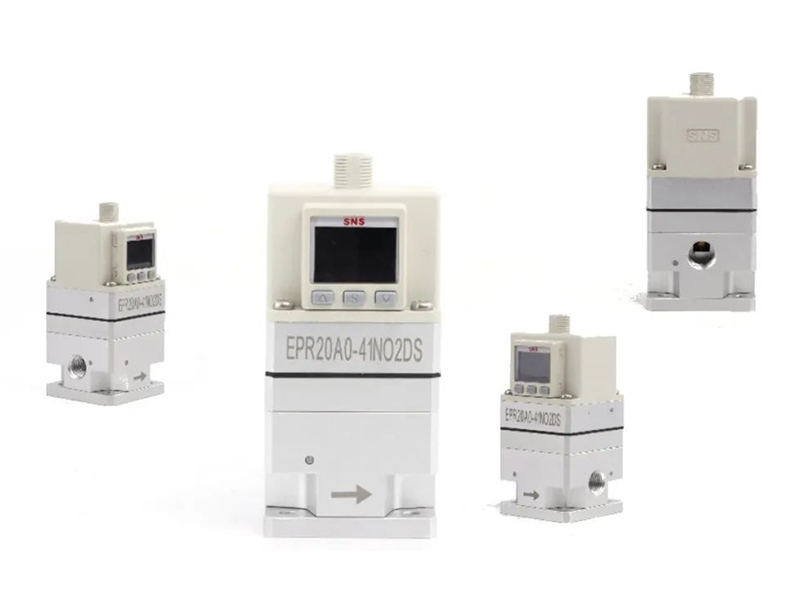
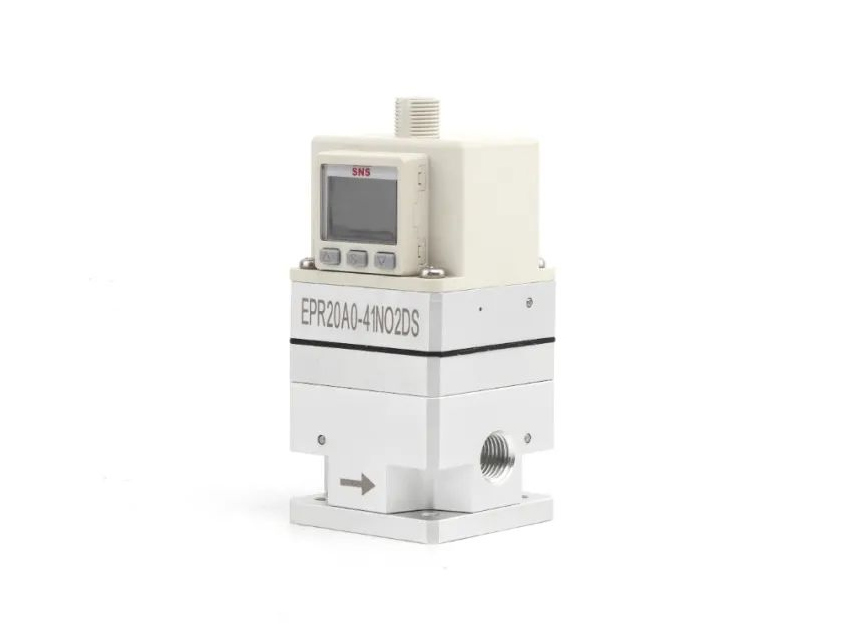
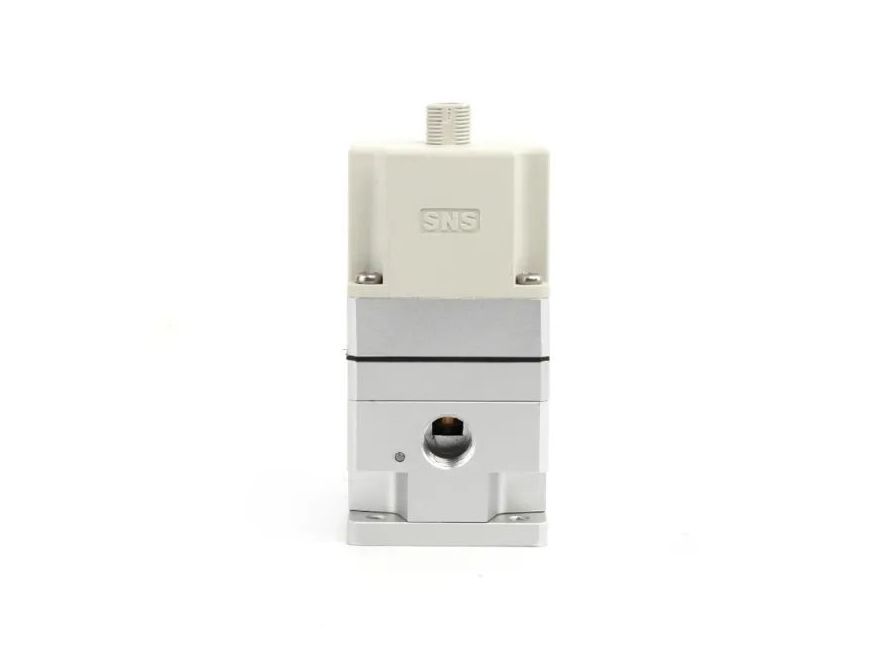
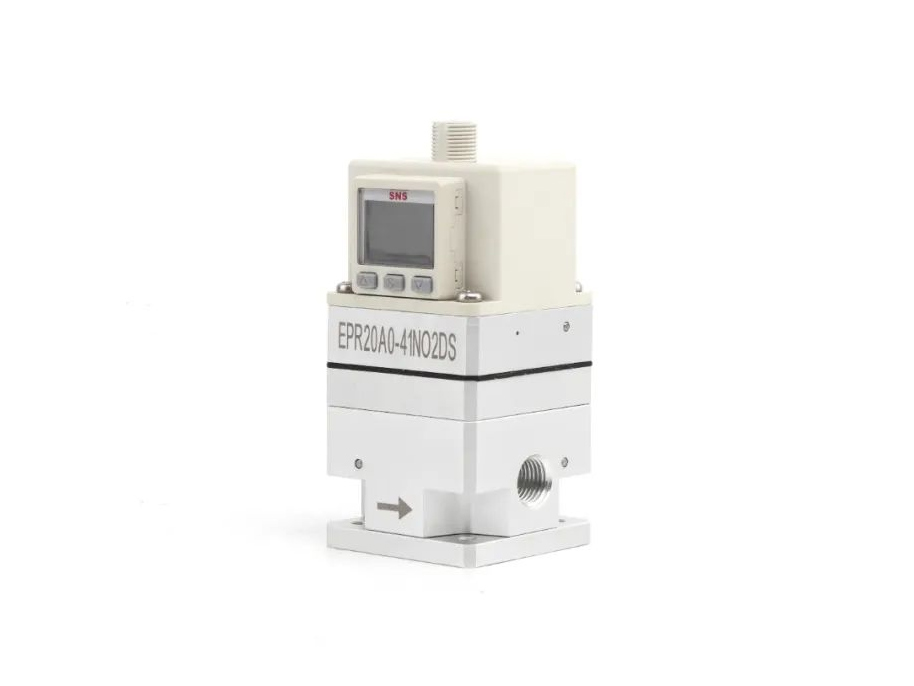
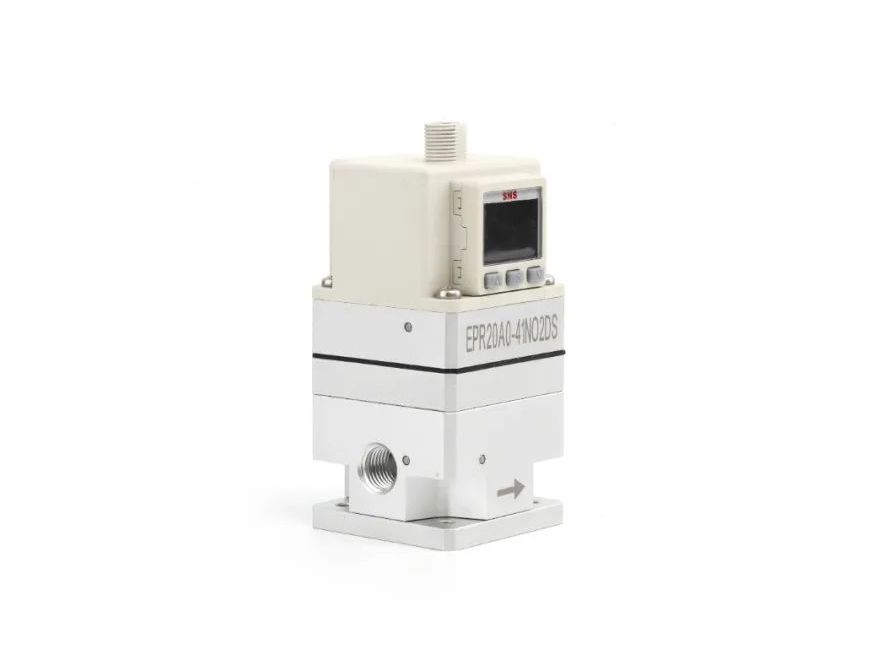
Post time: Feb-06-2021

